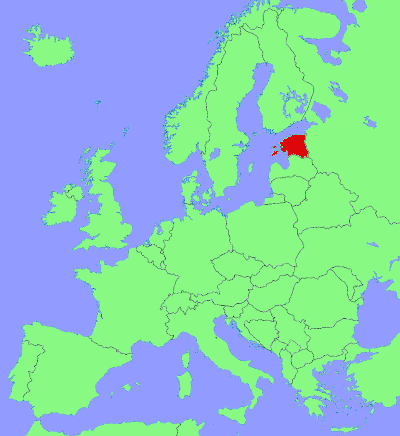
Circle the area on this map

B. On the eastern coast of the Baltic Sea, Estonia along with Latvia and Lithuania are commonly known as the “Baltic states.” Estonian officials said the boy could not be criminally charged because of his age, but they were working with his parents to turn the boy away from violent white supremacism.
B. At the start of World War II the Soviet Union invaded and annexed Estonia as part of a deal between the Soviets and Nazi Germany. The Soviets killed most Estonian leaders, sent 11,000 people to Siberia and drafted 34,000. In 1941, Germany invaded the Soviet Union including Estonia. Soviet troops retook Estonia from Germany in 1944.
D. Starting with a crusade by German warrior monks in the 13th century, what is now Estonia was successively conquered and ruled by Germans, Danes, Swedes, Poles and Russians. It regained its independence in 1991 after the collapse of the Soviet Union. It is now a member of the European Union and the NATO military alliance which includes the United States.
A. The official languages of Finland, Estonia and Hungary are part of the Uralic family believed to have originated in the vicinity of the Ural Mountains. Other European language groups - Germanic, Slavic and Romance – are in the Indo-European language family believed to have originated somewhere near the Caspian Sea.